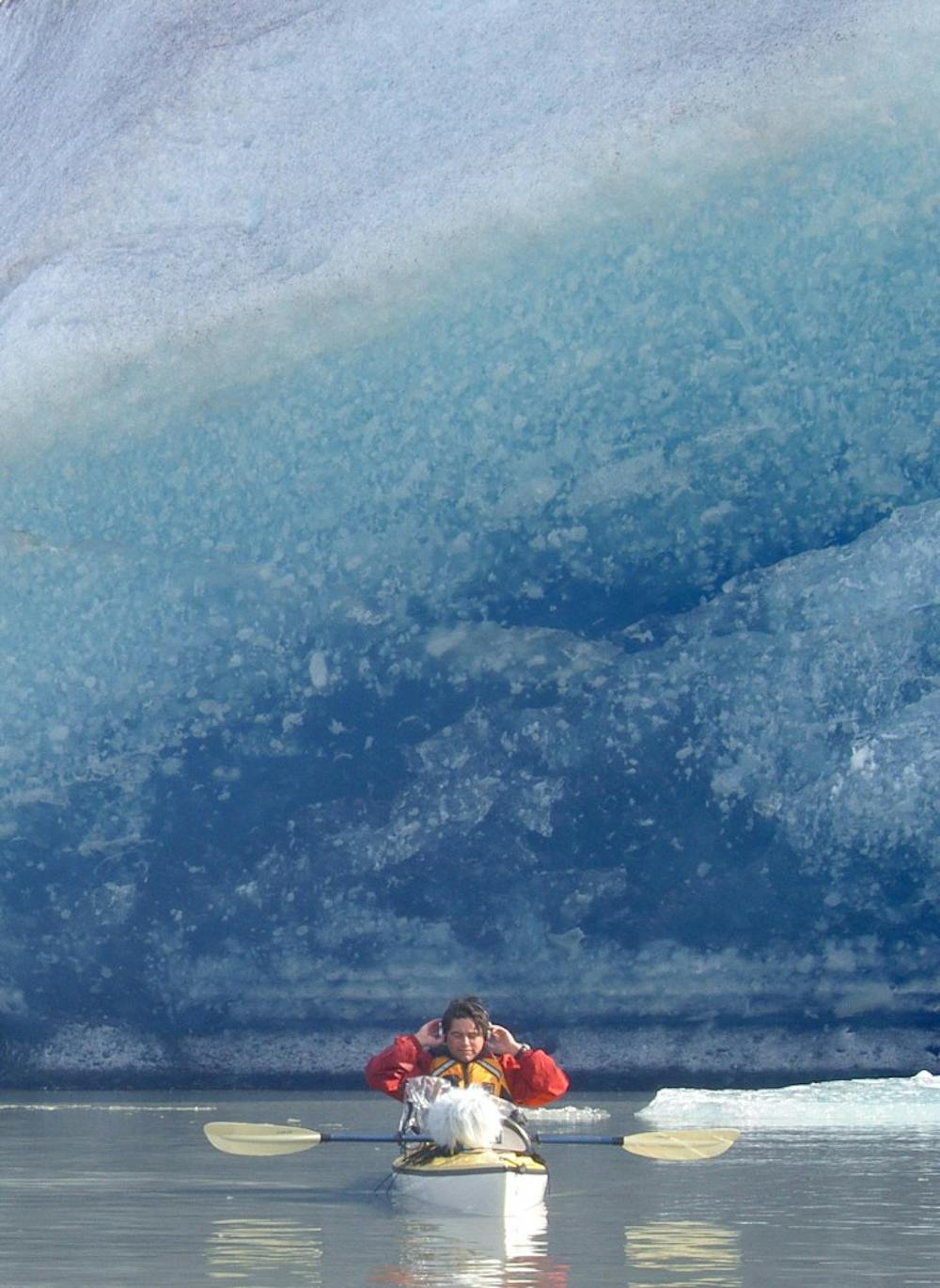Funded by a $100,000 grant from the National Science Foundation, faculty from multiple University departments are working together to launch a program next year that raises awareness of the consequences of climate change in the Arctic.
Howard Epstein from the College’s Environmental Sciences Department, Leena Cho and Matthew Jull from the School of Architecture and Matthew Burtner from the McIntire Department of Music said that they wanted to more effectively communicate their work in the Arctic to the general public.
In contrast to a scientific paper or other traditional forms of communication, the program outlined in the NSF grant entails a multi-day conference that features workshops, small-group discussions, science talks, design presentations and an exhibition paired with a concert. The team hopes that the diversity of their multimedia undertakings will lead to an exchange of ideas between researchers, the University and the surrounding Charlottesville community about the Arctic’s sustainability.
“The poles are vital regions of the planet, and if we want to be at the forefront of global change issues, then we need to have a major focus on the high latitudes, the Arctic and the Antarctic,” Epstein said.
Epstein’s specific research concentrates on how vegetation of the Arctic tundra responds to the changing climate and other disturbances. He stated that he saw a direct connection between his work and that of the architecture faculty since the environment and infrastructure interact strongly.
“The design and engineering of infrastructure is strongly determined by the environment, and then you have a feedback where the infrastructure affects the local and regional environment,” Epstein said. “We can develop important research questions regarding the effects the environment has on the infrastructure and the effect infrastructure has on the environment.”
Prof. William Sherman, chair of the Department of Architecture and committee member of the Environmental Resilience Institute, said the Arctic and the people that live there are experiencing the effects of climate change to a greater extent than are other parts of the world. Additionally, because the shortest distance around the world is the Great Circle route, the Arctic — which acts as a hub of resources, commerce and shipping — attracts the attention of global geopolitics and economics regarding control of the seas. Hence, as waterways open and opportunities for trade adapt to the changing climate, Sherman stated that understanding how to build infrastructure in a way that doesn’t contribute to climate change becomes important.
Cho and Jull have backgrounds in landscape architecture and design and are trying to understand how people live in the rapidly changing Arctic. They added that a difficulty in studying infrastructure in the Arctic arises from freezing and thawing patterns that move the frozen ground up and down.
“[The infrastructures in the Arctic] have been imported models that don’t fit in the Arctic climate,” Cho said. “They are not built in response to the environmental conditions of the Arctic and are instead imported from the Southern Hemisphere.”
Epstein said soundscape ecology — a field that focuses on understanding and interpreting the acoustic patterns and processes of a landscape — can provide useful information about the environment that may otherwise be overlooked in data collected through visual observations.
Burtner — who specializes in ecoacoustics and whose music is influenced by the environment of his native state of Alaska — elaborated that by listening intently to a glacier, an eco-acoustician may provide information about changes in the movement and behavior of the glacier.
Like scientific research, ecoacoustics begins with observations in the field. Using microphones and other equipment, Burtner listens to and records the sounds of the natural environment and then uses the recordings to create works of art in the studio. According to Burtner, the work of eco-acousticians offers an important link between scientists and the public as music is strongly attached to the sense of empathy and other emotions.
“What the artistic, aesthetic approach can give to the understanding of nature is a human dimension of connectivity, of discovering how we figure into the changing systems, how we perceive them and how they feel to us,” Burtner said.
Cho and Jull said that by coupling the arts and sciences, more students and youth — both at the University and the Arctic — will be inspired to work on global change problems by collaborating across disciplines. Sherman said national recognition that the arts and design contribute heavily to STEM will influence higher education.
“The university in the future is going to be organized around interdisciplinary themes and interdisciplinary courses,” Sherman said. “The disciplines won’t go away but the important questions the University focuses on will be interdisciplinary.”







